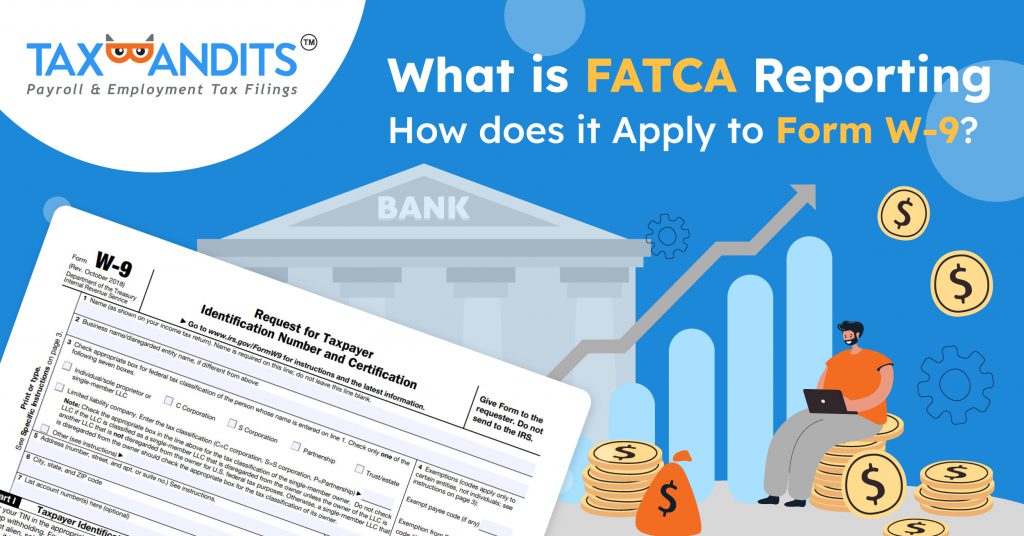What is FATCA Reporting and How does it Apply to Form W-9?
reading time: 10 minute(s)

When it comes to working with vendors outside of your business, your IRS tax requirements become a bit more complex. The best way to handle these new, more complicated IRS requirements is to request Form W-9 Online from every vendor that you do business with.
When you are requesting a Form W-9 from your vendors, this is a pretty simple use of the form. However, you must remember that there are more complex uses of Form W-9. For example, financial institutions often need to request this information from clients and account holders.
This is where FATCA Reporting becomes important.
What is FATCA Reporting?
FATCA stands for the Foreign Account Tax Compliance Act. This is a law that requires foreign financial institutions to report certain information about account holders that are US citizens or residents. This can also apply to domestic partnerships and corporations. Some entities may be exempt from FATCA reporting requirements, if so, this must be indicated on W-9 Form.
Where is FATCA Reporting entered on Form W-9?
On Form W-9, there is a line dedicated to both backup withholding and FATCA Reporting. This is line 4. On line 4, there is a box for exemption codes for backup withholding and a box for FATCA Reporting exemption codes. Entities that are exempt from FATCA Reporting must enter the code that best applies to them on line 4.
To check out the IRS instructions for Form W-9, click here
What are the Exemption Codes?
These codes apply to anyone who is completing this form in relation to an account that is maintained by a foreign financial institution. Remember that if you have any questions, you should reach out to the financial institution that issued you the Form W-9.
If the financial institution you are filling a W-9 Form for is exempt from FATCA reporting, you should indicate the reason for the exemption using one of the following 13 codes.
- A: the organization is tax-exempt under section 501(a) or a retirement plan under section 7701(a)(73)
- B: It is a US agency or any other US instrumentality
- C: It is a state, district, or commonwealth of the US and any of their instrumentalities.
- D: Any corporation whose stock is traded on an established securities market described under section 1.1472-1(c)(1)(I)
- E: Any corporation that is a member of the same expanded affiliated group described under section 1.1472-1(c)(1)(I)
- F: Securities dealers, commodities dealers, or derivative financial instruments registered under US laws or state laws
- G: Any real estate investment trust
- H: Regulated investment company described under section 851 or any entity registered during the tax year, per the Investment Company Act of 1940.
- I: Common trusts that are defined by section 584(a)
- J: Banks defined by section 581
- K: Brokers
- L: Trusts that are exempt under section 664 or described by section 4947(a)(1)
- M: Trusts that are exempt under section 403(b) or section 457(g) plans
Tips for Simplifying your Form W-9 Process
The Form W-9 serves many purposes, one of which is helping you manage your vendors and maintain your IRS compliance when filing Form 1099s. You may find this process to be tedious and time-consuming if you are sending your recipients a paper copy of Form W-9. This adds additional steps that slow down the process.
Why not simplify how you request Forms W-9 electronically with TaxBandits? This is a simple, fool-proof process. You enter your vendor’s email address and TaxBandits sends them an email invitation to complete the Form W-9. Once your vendor completes the Form W-9, you will be notified. You can then view the Form W-9 with the option to accept or reject it.
Yes, it is that easy! Give it a try today from your TaxBandits account!



Leave a Comment